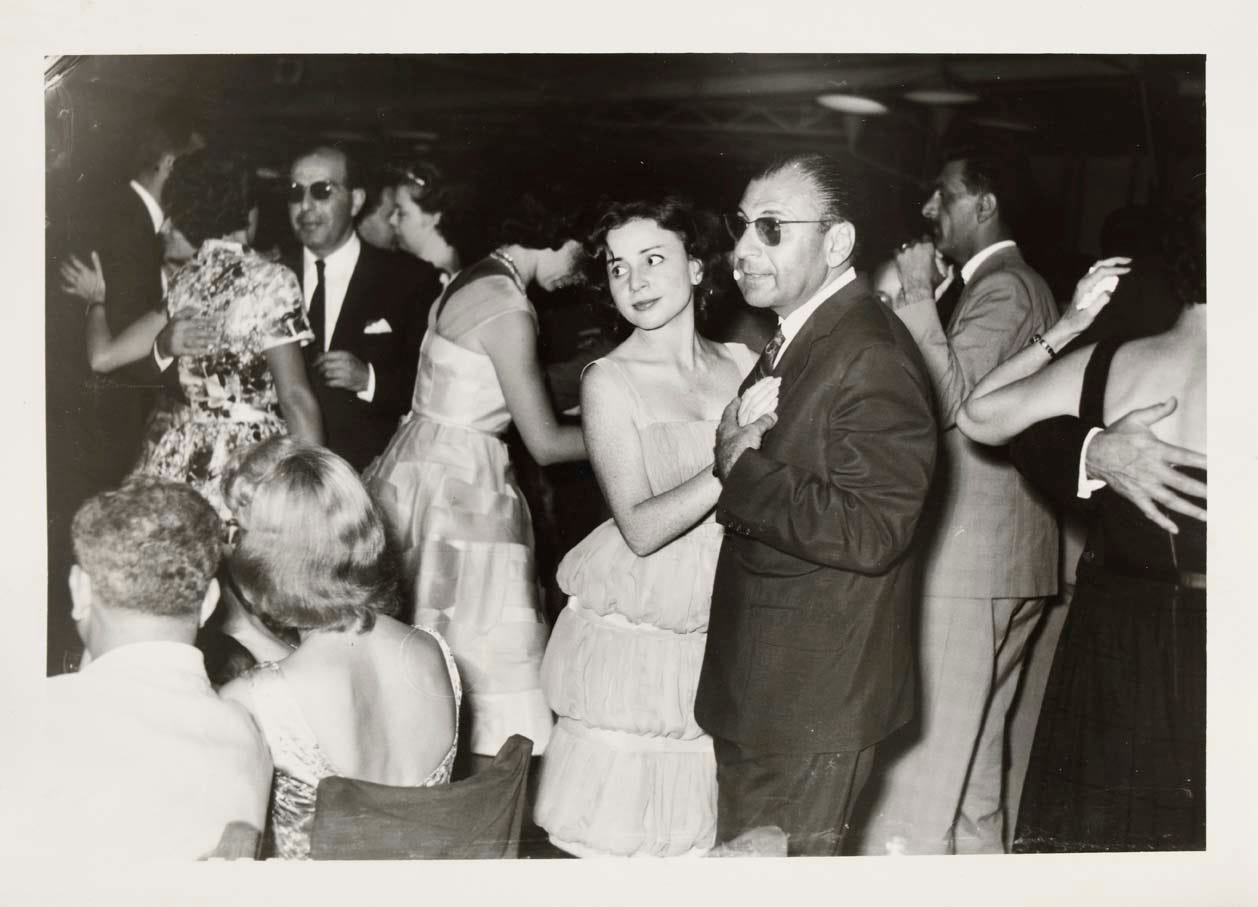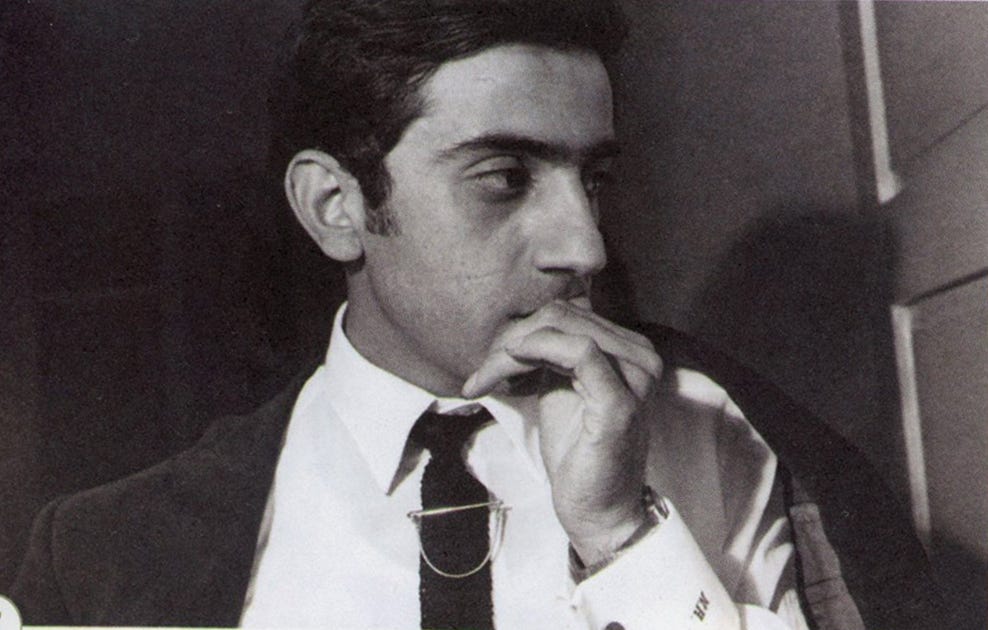Glamour and Hairdressing in 50s, 60s and 70s Beirut
Naïm, Lebanon's Most Famous Hairstylist
Watching Beirut be decimated once again this week, I couldn’t help but think of when it was one of the most glamorous places in the world. When I was going through Thea Porter’s papers over a decade ago while writing a book on her, I found her unpublished memoir (since published as Thea Porter's Scrapbook in 2019, edited by her daughter Venetia) where she recounts her time living in Beirut in the 1950s and early 60s. She described it as “a combination of Paris and Beverly Hills: the sex and glamour of the French capital allied to the hedonistic climate of California.” Thea grew up in Damascus, the daughter of a missionary, before moving to Beirut around 1949 after failing out of university in England; her parents had relocated there because “nationalist governments in Syria had closed down the foreign missions, taking over their schools and hospitals, and my father had moved to Lebanon where he set up a night school for poor boys and, during the day, taught at the Near East School of Theology…” She got a job at the British Embassy’s library, where she met economist Robert Porter and soon became an Embassy wife with all the parties and the non-stop lifestyle that was demanded.
Of course, for her, even though she was not yet a fashion designer, it was all about the clothes: “There was no escaping the all too frequent cocktail parties and I used to pride myself on being the best dressed Embassy wife. In Damascus, there had been the occasional treat of dinner at a hotel, when one would see French women with powdered backs and drippy velvet dresses. Women of the Syrian bourgeoisie wore tweed skirts. Venetian capes and brown or black veils which they would hold between their teeth as they searched for coins in their bags when out shopping. Bedouin women in embroidered felt jackets and trailing skirts looked as if they had been dressed by Saint Laurent. In Beirut, however, society women were totally dedicated to French fashion. In the autumn, they would wear the latest wools and tweeds, despite the hot sun, as if they were in Paris, just as American women in Beverly Hills come back from Europe with a velvet Karl Lagerfeld suit and wear it in August at the Los Angeles Bistro.”
She continues: “The evening receptions, at embassies or picture galleries or hotels, were inevitably written up by the local French newspaper, L’Orient, and illustrated with preposterous but much studied photographs of people the newspaper described as 'le tout Beyrouth mondain et politique.’” The society women Porter mentions, like Linda Sursock and May Jumblatt—who wore the line-for-line copies of the Paris couture that she so admired—all had their hair elaborately done for every party by Naïm Abboud (known mononymously as Naïm).
Keep reading with a 7-day free trial
Subscribe to Sighs & Whispers to keep reading this post and get 7 days of free access to the full post archives.



